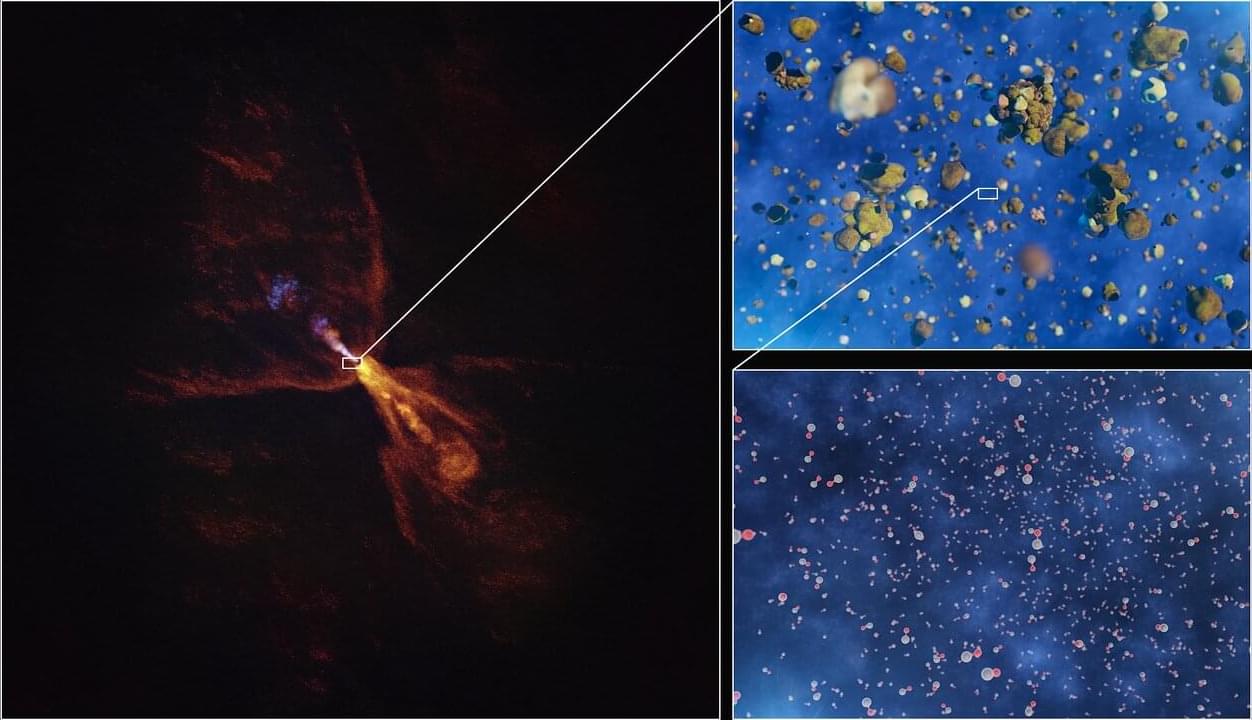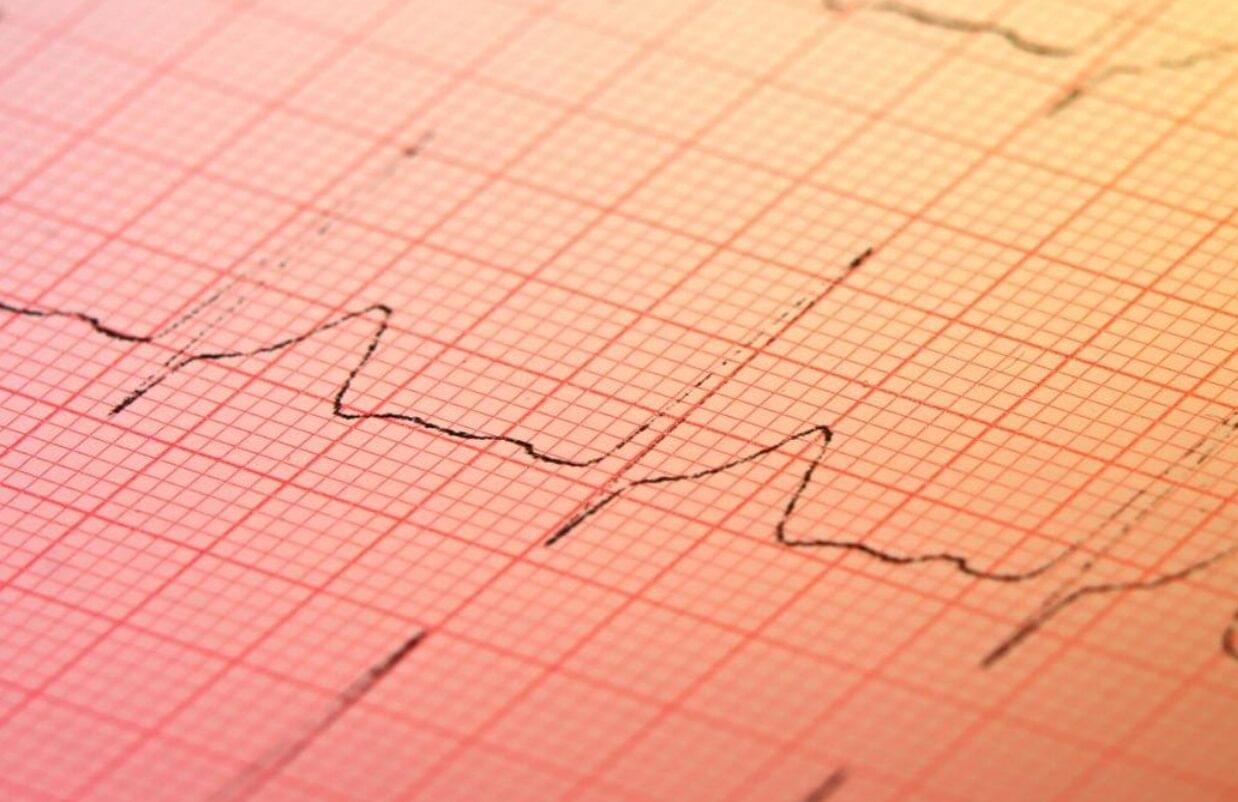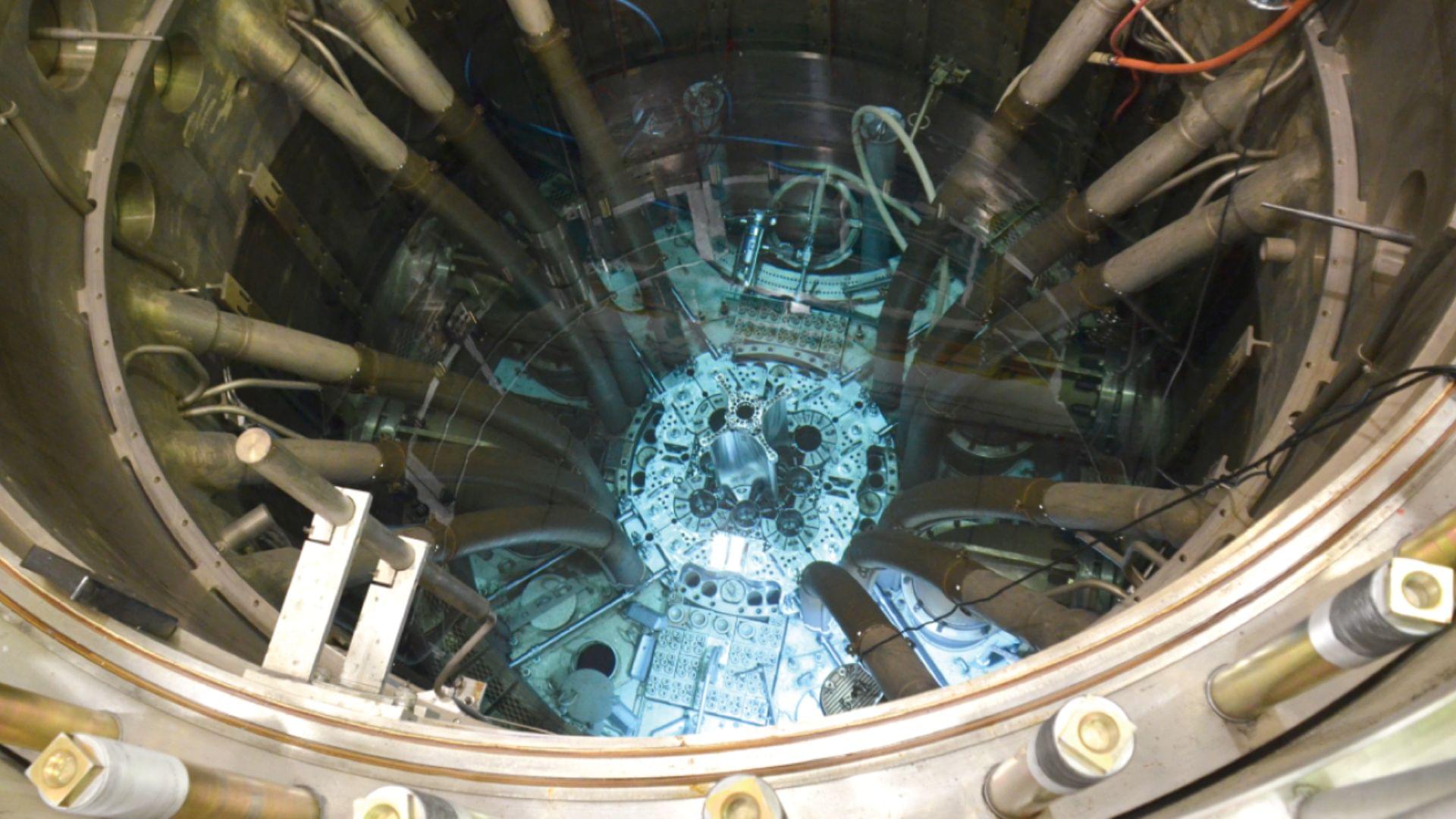The tool leverages a previously unused segment of the color spectrum to track the neurotransmitter and can be used with two additional sensors to monitor other neurochemicals at different wavelengths.




For the first time, international researchers have pinpointed the moment when planets began to form around a star beyond the sun. Using the ALMA telescope, in which the European Southern Observatory (ESO) is a partner, and the James Webb Space Telescope, they have observed the creation of the first specks of planet-forming material—hot minerals just beginning to solidify. This finding marks the first time a planetary system has been identified at such an early stage in its formation and opens a window to the past of our own solar system.
“For the first time, we have identified the earliest moment when planet formation is initiated around a star other than our sun,” says Melissa McClure, a professor at Leiden University in the Netherlands and lead author of the new study, published in Nature.
Co-author Merel van ‘t Hoff, a professor at Purdue University, U.S., compares their findings to “a picture of the baby solar system,” saying, “We’re seeing a system that looks like what our solar system looked like when it was just beginning to form.”

With the help of artificial intelligence (AI), an inexpensive test found in many doctors’ offices may soon be used to screen for hidden heart disease.
Structural heart disease, including valve disease, congenital heart disease, and other issues that impair heart function, affects millions of people worldwide. Yet in the absence of a routine, affordable screening test, many structural heart problems go undetected until significant function has been lost.
“We have colonoscopies, we have mammograms, but we have no equivalents for most forms of heart disease,” says Pierre Elias, assistant professor of medicine and biomedical informatics at Columbia University Vagelos College of Physicians and Surgeons and medical director for artificial intelligence at NewYork-Presbyterian.


Humans beat generative AI models made by Google and OpenAI at a top international mathematics competition, despite the programs reaching gold-level scores for the first time.
Neither model scored full marks—unlike five young people at the International Mathematical Olympiad (IMO), a prestigious annual competition where participants must be under 20 years old.
Google said Monday that an advanced version of its Gemini chatbot had solved five out of the six math problems set at the IMO, held in Australia’s Queensland this month.
Scientists control atomically thin semiconductors using ultrashort pulses of terahertz light.
Discover how ultrashort terahertz light pulses can control semiconductors, leading to faster electronic components.
A team of researchers in Finland has set a new world record for how long a quantum bit, known as a qubit, can hold onto its information.
They have pushed the coherence time of a superconducting transmon qubit to a full millisecond at best, with a median time of half a millisecond. That might sound brief, but in the world of quantum computing, it’s a massive improvement that could change the game.
Longer coherence times mean qubits can run more operations and quantum computers can perform more calculations before errors start to appear.


Extracellular vesicles (EVs) are tiny membranous structures that mediate intercellular communication. The role(s) of these vesicles have been widely investigated in the context of neurological diseases; however, their potential implications in the neuropathology subjacent to human psychiatric disorders remain mostly unknown. Here, by using next-generation discovery-driven proteomics, we investigate the potential role(s) of brain EVs (bEVs) in schizophrenia (SZ) by analyzing these vesicles from the three post-mortem anatomical brain regions: the prefrontal cortex (PFC), hippocampus (HC), and caudate (CAU). The results obtained indicate that bEVs from SZ-affected brains contain region-specific proteins that are associated with abnormal GABAergic and glutamatergic transmission.